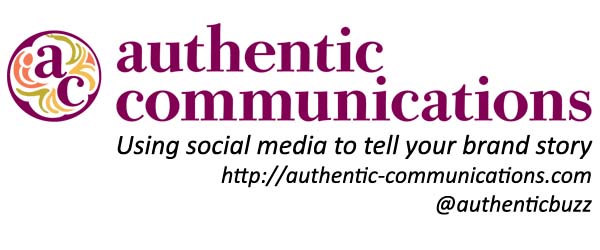I have to admit that I am completely addicted to my iPhone. First, it's the coolest thing I own. Second, I love playing all the games I've downloaded, especially Whack'em All. I'm a geek, I know.
One of the best features of the phone is the ability to check emails. I was out of the office all day yesterday and just quickly scanned my inbox when I came across an email from a company I didn't recognize. The body of the email said it all:
This message has no content.
I guess my iPhone wasn't able to download the entire email, but I thought, "how fitting."
How many of your messages have "no content" or even worse, the wrong content? What are you trying to say and what do you want to accomplish when you send out an email, newsletter, direct mail piece or grant application? Are you getting the response you expected? Do you even know what response you want? Why are you sending this message and do the recipients really want to read what you have to say?
One of my favorite fundraising books is "How to Write Successful Fundraising Letters" by Mal Warwick. He offers several questions you should answer before writing an appeal letter. I have used his checklist for newsletters, emails, renewal letters, acquisition letters, grants and even emails to the board of directors.
Here are a few of the questions from the book you should answer before you even think about writing the first paragraph.
What is the purpose of this letter?
What do you know about the feelings of the people you’re writing to?
What’s the relationship of these people to your organization? What do they know about you, your organization, or the issue or problem you are addressing? What don’t they know? What do they want to know?
Consider the typical recipient of your letter. What experiences, feelings, and thoughts is that person likely to have that would help her understand the issue or problem you’re addressing?
What leads you to believe that the typical person you’re writing to will respond favorably?
What is it exactly that you want recipients to do?
What is the minimum amount of money/action taken that you hope to receive from each recipient?
Is there anything else you want recipients to do right now?
I'd like to add a few more.
Who are you talking to?
What level of education, issue awareness and organizational interaction do they have?
Is this the best way to reach them?
How will you know if you have been successful in your efforts?
Will they care about what you have to say?
What do you want them to do with the information you are sending them?
Really, is this the best way to reach them (I know I already asked, but stop and think, "Would it be better to call instead of email?" or "would a conference call be more efficient than a town hall meeting?")
Stop and think about how many emails, letters, phone calls, action alerts, tweets, blog posts, news stories and commercials you receive every day. Does your letter have real content that furthers your cause or is it just another empty message?
Friday, May 15, 2009
Thursday, May 7, 2009
What in the world are you talking about?
I said that a lot at my last job. It was like the executive director and policy director spoke a different language. I called it wonk-speak and it was my job to de-wonkify everything that went out to our members, legislators and media.
So here's a question for you: who are you talking to and do they know what in the world you are talking about? Do you have the ability to make difficult points easier to understand? I don't mean you need to "dumb" things down, but if you are talking to a high school student, do you use the same language as when you speak to a scientist or expert?
It is so important to know who you are speaking to and create messages that they no only will understand, but can remember so they can pass it along to their friends. That's the ultimate goal, isn't it? To have your supporters telling others about your work and the importance of what you are doing.
Take time to look at your materials (website, newsletter, brochures) with fresh eyes and see if you are really talking to your supports or talking at them.
So here's a question for you: who are you talking to and do they know what in the world you are talking about? Do you have the ability to make difficult points easier to understand? I don't mean you need to "dumb" things down, but if you are talking to a high school student, do you use the same language as when you speak to a scientist or expert?
It is so important to know who you are speaking to and create messages that they no only will understand, but can remember so they can pass it along to their friends. That's the ultimate goal, isn't it? To have your supporters telling others about your work and the importance of what you are doing.
Take time to look at your materials (website, newsletter, brochures) with fresh eyes and see if you are really talking to your supports or talking at them.
Subscribe to:
Posts (Atom)
